Istanbul’s Buses: Everything You Need to Know
Buses are one of the most affordable public transportation options in Istanbul. However, due to the extensive network of routes and stops, it’s crucial to understand how to use them correctly to avoid confusion. Currently, Istanbul boasts nearly 500 bus lines, over 3,000 vehicles, and around 8,000 stops.
If you plan to use the bus during your visit, you can check the routes on the official I.E.T.T. website, which has an English version. Hotel staff can also provide guidance. Below, we explain the different types of buses and how they operate.
Types of Buses in Istanbul
Regular Buses
Regular buses are the most common and can be either public or private. Both serve the same routes and have similar fares. The main difference is that public buses display the I.E.T.T. logo, while private ones do not.
Tickets (jeton) for public buses can be purchased at kiosks or booths with the I.E.T.T. logo, though not all stops have these facilities. Private buses also accept these tickets but often allow cash payments, which can be convenient if you don’t have an Istanbulkart.
Minibuses and Dolmuş
In addition to regular buses, Istanbul features minibuses, also known as “dolmuş“. These smaller vehicles are ideal for short routes and operate more flexibly. Although they have designated stops, minibuses often stop upon passenger request.
The route for each minibus is displayed on a sign at the front of the vehicle. Simply signal the driver to stop. Payments are made in cash, directly to the driver, so it’s advisable to carry coins or small denominations.
Is Using the Bus in Istanbul Recommended?
While buses are an economical option, they are not always the best choice for tourists. Below, we explain when it’s recommended to use buses and when other transportation options might be more suitable.
Advantages of Using Buses
- Affordable: Buses are one of the cheapest means of transportation in Istanbul.
- Extensive coverage: With nearly 500 lines, buses reach many areas not connected by metro, tram, or ferry.
- Flexibility: Minibuses and dolmuş offer greater flexibility as they can stop at specific locations upon request.
Disadvantages of Using Buses
- Traffic: Istanbul’s traffic can be heavily congested, especially during peak hours, making bus journeys slower.
- Complexity: The vast number of routes and stops can be confusing, particularly for tourists unfamiliar with the city.
- Less comfort: Compared to the metro or tram, buses are generally less comfortable, especially during crowded times.
Tips for Using Buses
If you decide to use buses in Istanbul, here are some helpful tips:
- Check the routes: Use the official I.E.T.T. website or mobile apps to find the best route to your destination.
- Buy an Istanbulkart: This electronic payment card is accepted on all public buses and other transport modes like trams, metros, and ferries.
- Avoid peak hours: If possible, avoid using buses during peak hours (7:00-9:00 AM and 5:00-7:00 PM) as they tend to be very crowded.
- Carry cash: If using minibuses or dolmuş, ensure you have change for cash payments.
Alternatives to Buses
While buses can be useful for certain routes, many tourists prefer other transport options for their comfort and efficiency. Popular alternatives include:
- Metro: Ideal for avoiding traffic and reaching your destination quickly.
- Tram: An efficient option with stops near many major tourist attractions.
- Ferry: Perfect for crossing the Bosphorus while enjoying spectacular views.
- Taxi: While more expensive, it’s convenient for short trips and areas not connected by public transport.
Conclusion
The Istanbul’s Buses are an economical and accessible option, especially for reaching less connected areas. However, for traveling through the most popular tourist zones, it’s better to opt for other transport options like the metro, tram, or ferries. With proper planning and by following our recommendations, you can make the most of this transportation system.
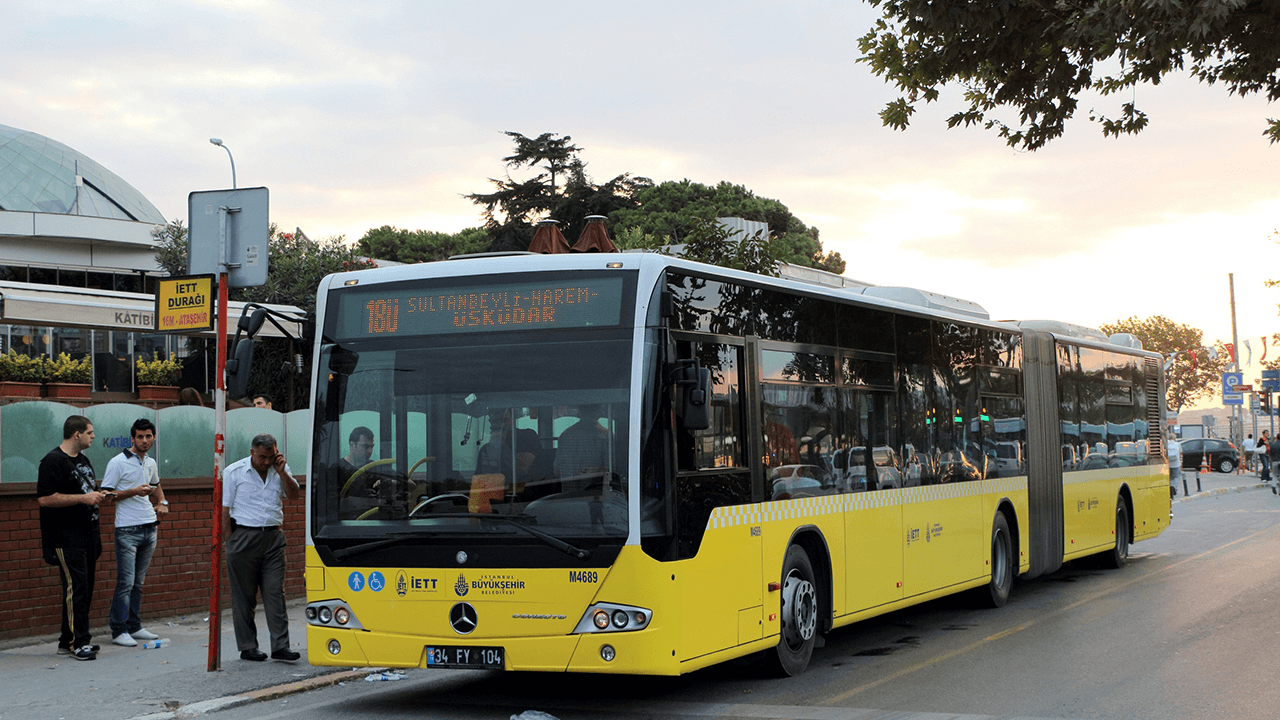
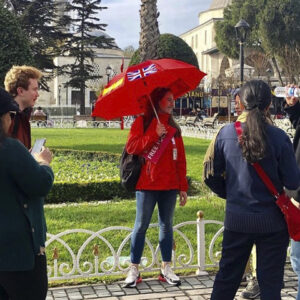
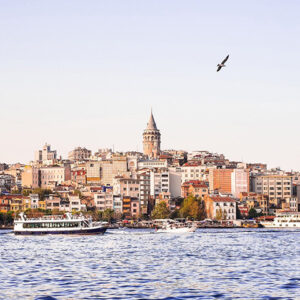





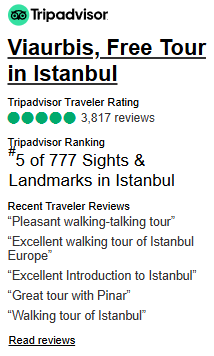
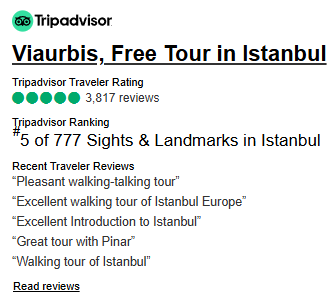

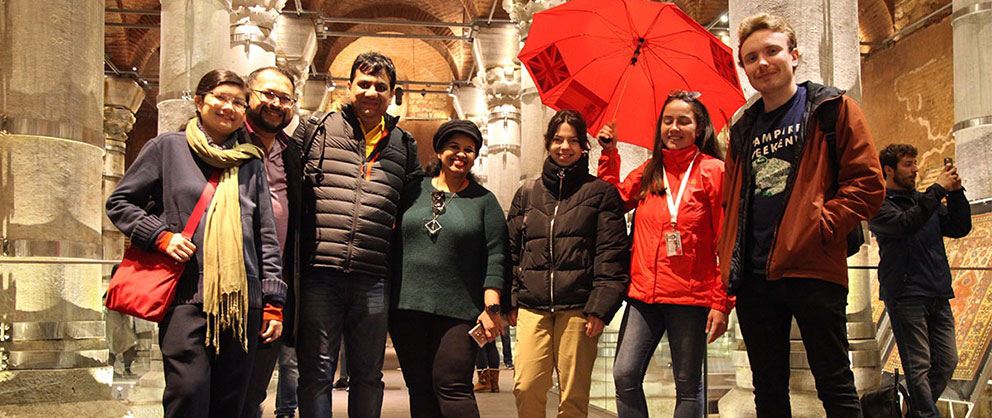
3 thoughts on “Istanbul’s Buses”
★★★★★
Discovering ‘Istanbul’s Buses’ was one of the highlights of my trip. Don’t miss out on this gem!
★★★★★
The charm of ‘Istanbul’s Buses’ captivated me entirely. It’s a destination that leaves no one indifferent.
★★★★★
Visiting ‘Istanbul’s Buses’ was an extraordinary experience, offering insights and enjoyment like no other. Highly recommended!